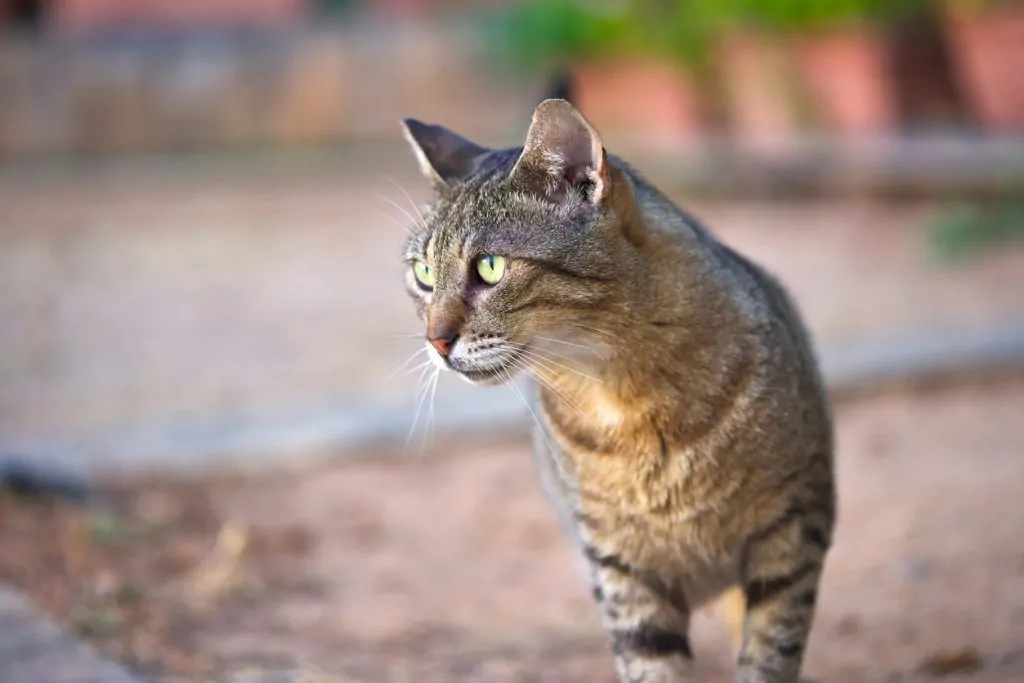Tapeworms can be a major problem for cats. Learn about tapeworms, how to identify them, prevention, and how to treat them if you suspect your cat is infected.
Tapeworms in cats are long, white flatworms. They have mouths with hook-like attachments that adhere to the intestinal wall of your cat. They feed on nutrients excreted by your cat. They can reach a maximum length of 15 to 20 inches, while most reach about 8 inches when fully mature. As the tapeworm matures, it begins to lose parts of itself, which scientists call proglottids. The proglottids, around the size of a grain of rice, separate from the tapeworm's main body and transit via the cat's feces.
A tapeworm adult is composed of several proglottids, which are tiny segments. As a tapeworm matures within the intestine of a cat, these segments break off and enter the stool, giving the stool the appearance of white rice.

Tapeworms infect cats when they eat a flea, generally while grooming or consuming a small rodent that was infected with fleas. Tapeworms have a complex, multi-host lifecycle that starts with a flea as the intermediate host for tapeworms, meaning that the eggs must be consumed by a flea for the tapeworm to mature. The larva will then mature inside of the flea. The cat then ingests the flea. As the flea is digested, the tapeworm is freed, hatches, and can infest the cat, thereby completing its lifecycle.
Tapeworm infections are prevalent in areas with abundant fleas and among outdoor-going cats. While tapeworm infection is more common among outdoor cats, indoor cats can become infected as well. Proper flea management and prevention are critical for both indoor and outdoor cats.
Tapeworm eggs look like small white, rice-like segments moving on or around the hairs around your cat's anus. You may see your cat lick or groom its rear end more frequently than usual. They may also "scoot" by dragging their rear end along the ground in an attempt to itch. The same type of rice-like pieces are more frequently observed on the surface of new feces from cats. Occasionally, a cat will vomit a tapeworm or segments of a worm.
As tapeworm infections seldom cause cats to become visibly ill, they can be hard to identify. Your pet may also experience weight loss, a dull coat, and seem lethargic. If you suspect that your cat has tapeworms, you should see a veterinarian immediately. If your cat has been diagnosed with a tapeworm infestation, he or she likely probably has a flea infestation, which can cause a variety of health problems and will require treatment.
There are various tapeworm treatments, not all of which are of the same caliber. We recommend that you speak to your veterinarian before you attempt to treat your cat. Most treatments either kill or paralyze the worm while still in your cat’s digestive tract. Depending on the treatment used, you may not see any worm segments excreted in the stool.
Tapeworms come from fleas. No amount of treatment will help unless the source of the problem is resolved. There are a wide variety of flea control strategies available. Talk to your veterinarian about options that will work best for your cat and your family.
Phone: (855) 461-8259
Email: [email protected]